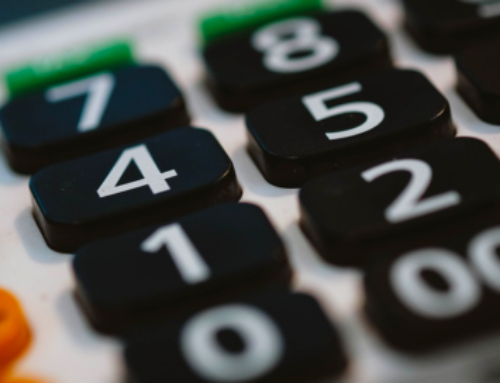Six weeks of take-home pay. That’s how much cash families should aim to set aside to ride out gyrations in their income and expenses, a new analysis from JPMorgan Chase’s research arm finds.
The recommendation, based on an analysis of millions of Chase checking accounts, is considerably less than the traditional rule of thumb of three to six months of take-home pay. But even so, most households fall short, the report found: About two-thirds lack the recommended buffer.
To cushion against a simultaneous spike in expenses and dip in income, a middle-income family needs about $5,000 in a rainy-day fund but has just $2,000 — a gap of $3,000. Lower-income families need about $2,500 but have just $700.
A smaller buffer, however — just under three weeks of pay — can help families get through a lesser jolt, from either a dip in income or a jump in expenses, the report found.
The findings were part of a report on income volatility that the JPMorgan Chase Institute published this week. The report examined inflows and outflows from six million active checking accounts over a period of about six years that ended in December. The checking account data was anonymous.
Americans’ lack of emergency savings has been a concern for years. The Pew Charitable Trusts found in 2015 that many families lacked funds to cover a $2,000 expense. And the Federal Reserve has repeatedly found that a significant share of households would struggle to cope with an unexpected $400 expense, although it reported in May that the percentage of households able to handle unexpected expenses had “improved markedly” since 2013.
But in the current long period of economic growth and low unemployment, it is especially frustrating that many families continue to lack a cash buffer, according to a report this month from the AARP Public Policy Institute. The AARP found that more than half of American households (53 percent) lacked an emergency savings account, including a majority of people over age 50.
While it’s easier for more affluent people to save, some low-income families do manage to set aside money while higher-income families do not, the AARP found. For instance, a quarter of Americans earning more than $150,000 a year have no emergency savings account, the report found.
Read the rest of the article at the New York Times




